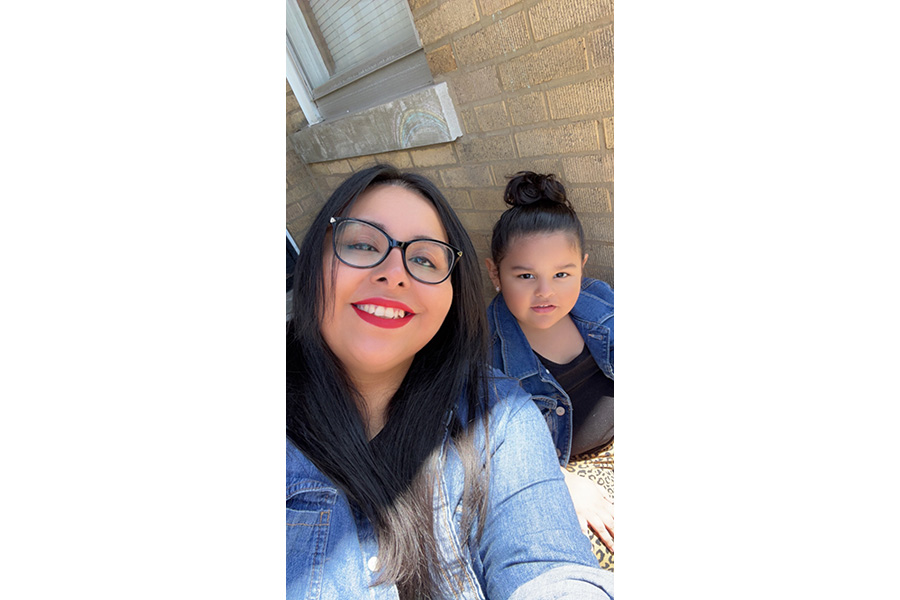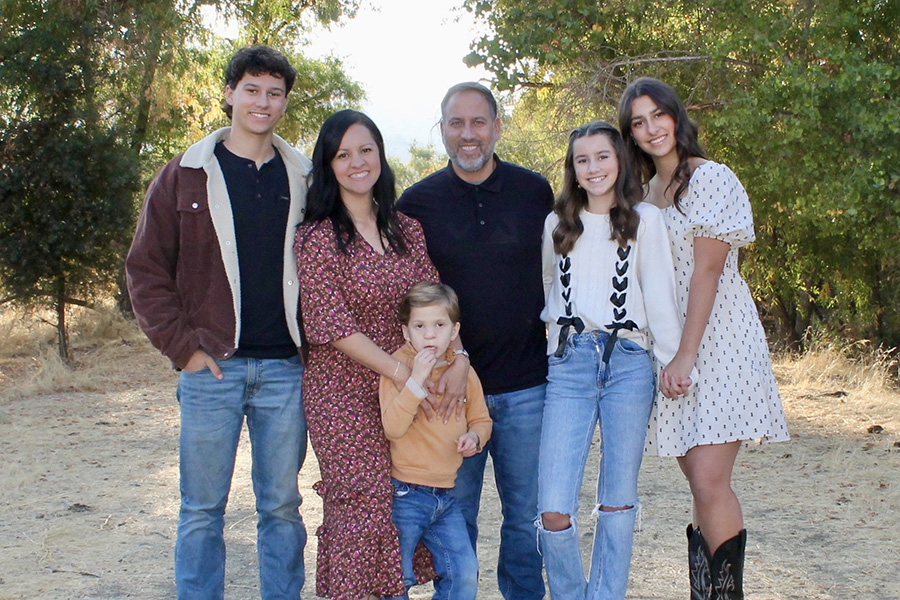Cystic fibrosis (CF) is a complex, progressive, genetic disease.
Cystic fibrosis affects the cells that produce mucus, sweat, and digestive juices. These secreted fluids are normally thin and slippery, but with CF, they become sticky and thick. This causes tubes, ducts, and passageways to ‘plug up’. This most commonly affects the lungs and pancreas.
How Common is Cystic Fibrosis?
Over 100,000 children and adults are living with cystic fibrosis around the world, with approximately 30,000 of those living in the United States. Around 1,000 new cases of CF are diagnosed each year in the USA.
Since 2010, all babies born in the United States must be checked for CF soon after birth as part of newborn screening. This helps with early diagnosis, which improves the quality of life for those living with CF.
Cystic fibrosis can affect people of any ethnicity, gender, and in any region in the world. According to Johns Hopkins, the risk of having a child born with cystic fibrosis is:
- 1 in 2,500 to 3,500 for Caucasians
- 1 in 4,000 to 10, 000 for Hispanics
- 1 in 15,000 to 20,000 for African-Americans
- 1 in 100,000 for Asians
The Cause of Cystic Fibrosis
People with CF have inherited both copies of the cystic fibrosis transmembrane conductance regulator (CFTR) gene (one copy from each parent of the defective CTFR gene). People with only one copy of the defective CTFR gene are called carriers, but they do not have the disease.
Each time two CTFR carriers have a child, there is:
- 25% chance the child will have CF
- 50% chance the child will be a carrier but will not have CF
- 25% chance the child will not be a carrier and will not have CF
Signs and Symptoms
The mucus associated with CF clogs tubes that carry air in and out of your lungs, and blocks tubes that carry digestive enzymes from your pancreas to your small intestine. This causes a variety of symptoms such as:
- Salty-tasting skin (four times higher levels of salt in sweat)
- A cough that doesn’t go away
- Coughing up mucus or blood
- Shortness of breath (or wheezing)
- Frequent lung and sinus infections
- Nasal polyps
- Poor growth or weight gain in childhood
- Greasy, bad-smelling stools or constipation
- Intestinal blockage, particularly in newborns
- Male infertility
The Treatment for Cystic Fibrosis
While there is no cure for cystic fibrosis, treatment can ease symptoms, reduce complications, and improve quality of life. Managing CF is very complex, therefore it is recommended to seek treatment at a center with a multispecialty team of doctors and medical professionals trained in CF.
The goals of treatment include:
- Preventing and controlling infections
- Removing and loosening mucus from the lungs
- Providing adequate nutrition
- Treating and preventing intestinal blockage
Until late in the 20th century, a child with CF rarely lived long enough to graduate elementary school. Thankfully, huge advancements in CF care have added years of life expectancy and improved the quality of the lives of people with cystic fibrosis. Today, many people with CF are living well into their 50s and beyond.
More research is desperately needed to find a cure for this debilitating disease. You can join the cause by checking out the Cystic Fibrosis Foundation today.














